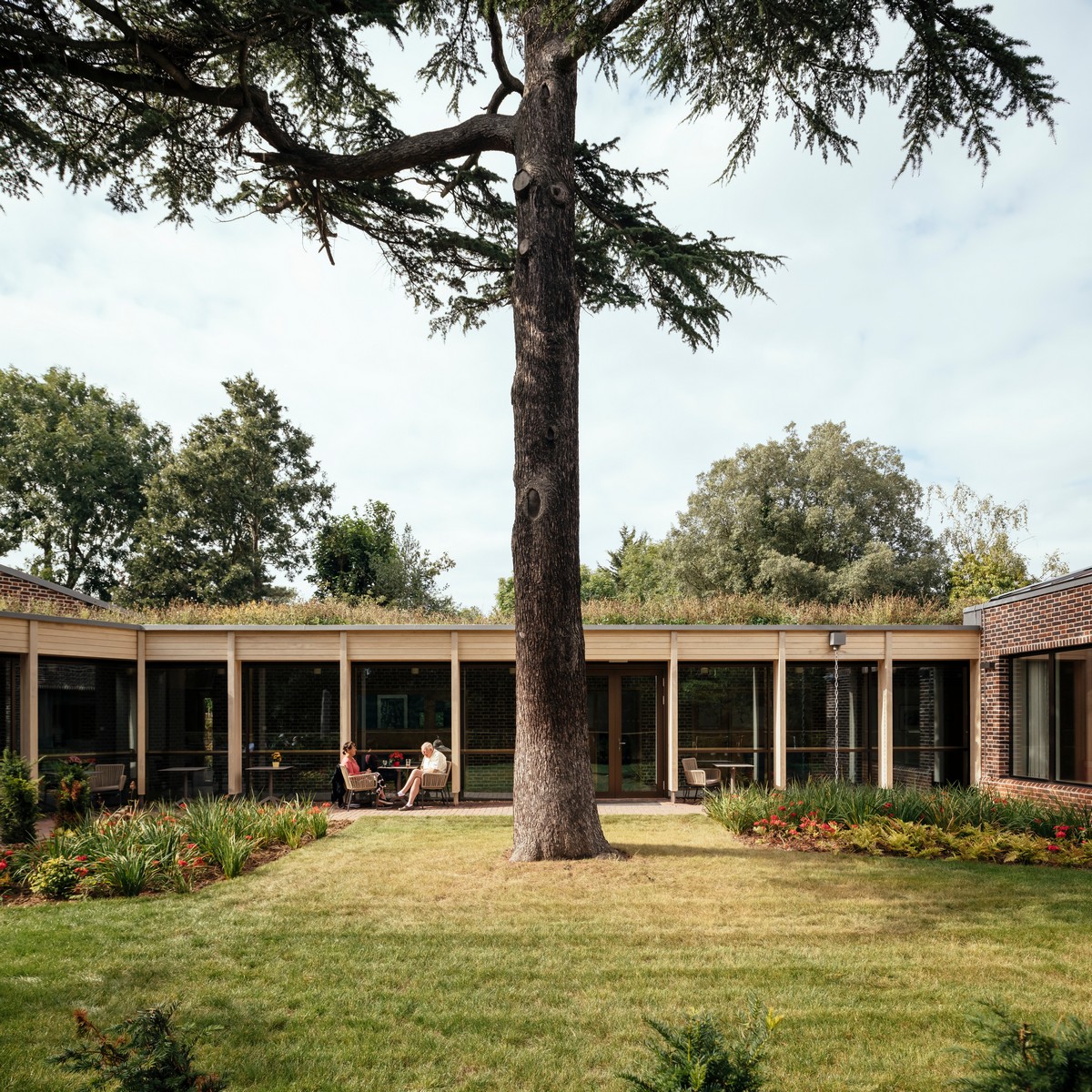Aga Khan Award 2010, Architects, Architecture, Buildings, Projects, Winners News, Design
Aga Khan Award for Architecture
Architectural Winners for 2010 – Building Images
3 Oct 2016
Aga Khan Award for Architecture in 2016 Winners
Aga Khan Award for Architecture Winners in 2016 – info on the 6 winning works
Aga Khan Award for Architecture Winners
Five Projects Receive 2010 Aga Khan Award for Architecture; Oleg Grabar Receives Chairman’s Award
Doha, 2010 – The five projects selected for the 2010 Aga Khan Award for Architecture were announced at a ceremony held at the Museum of Islamic Art. His Highness Sheikh Hamad bin Khalifa Al Thani the Emir of Qatar and Her Highness Sheikha Moza bint Nasser joined His Highness the Aga Khan in presiding over the ceremony.
The five projects selected by the 2010 Master Jury are:
Revitalisation of the Hypercentre of Tunis, Tunisia
Central Market Building:
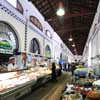
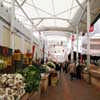
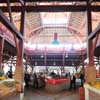
photographs © Aga Khan Award for Architecture / Salah Jabeur
– Saint Vincent de Paul Cathedral
– Art Nouveau façade of the Municipal Theatre, by Jean Emile Resplandy, 1902
– Rossini Palace, 1902, restored to its original state
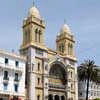

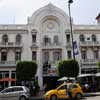
photographs © Aga Khan Award for Architecture / Salah Jabeur
Central Market Building:
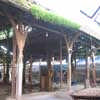
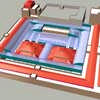
photographs © Aga Khan Award for Architecture / Association de Sauvegarde de la Médina de Tunis
Madinat Al-Zahra Museum, Cordoba, Spain
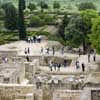
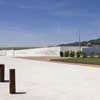
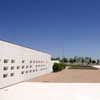
photographs © Aga Khan Award for Architecture / Melissa Walsh, Maximillian Jacobson-Gonzalez
The tenth-century palace city of Madinat al-Zahra is widely considered to be one of the most significant early Islamic archaeological sites in the world, and the most extensive in Western Europe. Excavations at the site are still ongoing. The museum was conceived as a place to interpret the site and display the archaeological findings, as well as to serve as a training and research centre and the headquarters of the archaeological team.
A refined and subtle design by the architectural firm Nieto Sobejano, the museum complex blends seamlessly into the site and the surrounding farmland – a series of rectangles composed of walls, patios and plantings which, taken together, seem more like a landscape than a building.
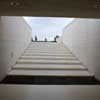

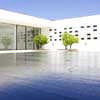
photographs © Aga Khan Award for Architecture / Melissa Walsh, Maximillian Jacobson-Gonzalez
The architects took the ground plans of three excavated buildings as a starting point, as though the museum had been waiting to be revealed from the ground. Visitors are guided through a sequence of covered spaces and voids. The main public functions are arranged in a cloister around a broad patio, a form found at the archaeological site and in the old town of Cordoba.
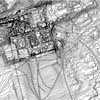
image © Aga Khan Award for Architecture / EAA
Two more courtyards define the research centre and the external exhibition area respectively. A restricted pallet of materials and simple details, with walls of poured concrete, interior walls clad in iroko wood, and limestone paving for the courtyards, are intended to evoke the rough retaining walls and temporary structures of an archaeological site.

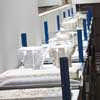
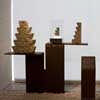
photographs © Aga Khan Award for Architecture / Melissa Walsh, Maximillian Jacobson-Gonzalez
Ipekyol Textile Factory, Edirne, Turkey
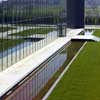
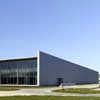
images : Aga Khan Award for Architecture / Cemal Emden
Bridge School, Xiashi, Fujian, China
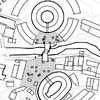
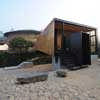
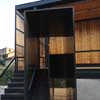
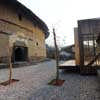
images : Aga Khan Award for Architecture / Li Xiaodong
The “Bridge School” bridges the two parts of the small village of Xiashi that lie on either side of a small creek that runs through the village. The structure is created by two steel trusses that span the creek with the space between them housing the functions of the school. Suspended from the structure and running below it is a pedestrian bridge for the people of the village to use. Small and modern in design, with no reference to the area’s traditional building style, the school has nonetheless become the physical and spiritual centre of what was a declining village.

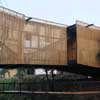
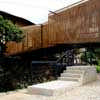

images : Aga Khan Award for Architecture / Li Xiaodong
Placed in such a way that it addresses its surroundings, the Bridge School connects the village together, providing a central, social space. The broader social aspect of the project was part of the brief, which was developed with the school principal and head of the village to answer community needs rather than simply those of a primary school.
A public library separates the two classrooms and the ends of each classroom, or the two ends of the school can be opened up, creating open stages at either end of the building that are integrated with the public spaces outside. The stage at the northern end can be used for performances, with the toulou as a backdrop. The result is a project that has successfully invigorated the entire community, encapsulating social sustainability through architectural intervention.
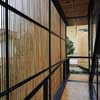
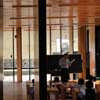
images : Aga Khan Award for Architecture / Li Xiaodong
Wadi Hanifa Wetlands, Riyadh, Saudi Arabia

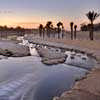
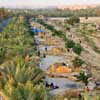
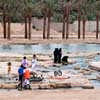
photographs © AKAA / Arriyadh Development Authority
Located in the middle of the Najd Plateau of the Kingdom of Saudi Arabia, the Wadi Hanifa (or Hanifa valley) is the longest and most important valley near Riyadh, a natural water drainage course for an area of over 4,000 square kilometres and a unique geographical feature in this dry region. Until recently, many segments of the valley had been exploited in an aggressive and environmentally destructive manner.
In an effort to redress the balance between the resources of the wadi and the people living around it, the Arriyadh Development Authority has implemented a comprehensive development strategy, a programme of works that aims to restore and develop Wadi Hanifa as an environmental, recreational and tourism resource. Project works so far have included the introduction of landscaping, conservation of the natural environment, development of recreational areas for the people of Riyadh, enhancement of agricultural land in the valley, and the creation of an environmentally sensitive wastewater treatment facility that provides additional water resources for the rural and urban inhabitants of the region.
Aga Khan Award for Architecture – Selection
At the Award ceremony, His Highness the Aga Khan presented the Chairman’s Award to Professor Oleg Grabar in recognition of his lifetime contribution to the field of Islamic art and architecture. The Chairman’s Award was established to honour achievements that fall outside the scope of the Master Jury’s mandate and is made in recognition of the lifetime achievements of distinguished architects and academics.
It has been presented on only three previous occasions. The winning projects were selected by an independent Master Jury from a shortlist of 19 projects announced in May 2010. A total of 401 projects were presented for consideration for the 2010 Award.
In their statement, the Master Jury noted that a central concern in making their selection had been the issues of identity and plurality and their intersection in an increasingly globalised world. They emphasised the generous and pluralistic visions reflected through the winning projects, and the transformative roles they have played in the improvement of the quality of the built environment both in places with a majority of Muslims and in societies where Muslims are in a minority.
Wadi Hanifa Wetlands

photograph © AKAA / Arriyadh Development Authority
The 2010 Award Master Jury
The Awards are selected by an independent Master Jury appointed by the Steering Committee for each three-year Award cycle. The nine members of the 2010 Master Jury are:
Souleymane Bachir Diagne (Professor, Department of Philosophy, Columbia University, USA)
Omar Abdulaziz Hallaj (Architect; Chief Executive Officer, Syria Trust for Development, Syria)
Salah M. Hassan (Art historian and curator; director of Africana Studies and Research Center, Cornell University, USA)
Faryar Javaherian (Architect and curator; co-founder of Gamma Consultants, Iran)
Anish Kapoor (Artist, UK)
Kongjian Yu (Landscape architect and urbanist; founder and dean of Graduate School of Landscape Architecture, Peking University, China)
Jean Nouvel (Architect; founding partner, Ateliers Jean Nouvel, France
Alice Rawsthorn (Design critic, International Herald Tribune, UK)
Basem Al Shihabi (Architect; Managing Partner, Omrania & Associates, Saudi Arabia)
Wadi Hanifa Wetlands
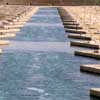
photograph © AKAA / Wael Samhouri
About the Aga Khan Award for Architecture
The Aga Khan Award for Architecture was established by His Highness the Aga Khan in 1977 to identify and encourage excellence in architecture and other forms of intervention in the built environment of societies where Muslims have a significant presence. The Award is given every three years and recognises all types of building projects that affect today’s built environment, from modest, small-scale projects to sizable complexes.
All form of planning practices on the urban and regional scales are encouraged, such as infrastructure and transportation undertakings; development in rural landscapes; housing initiatives; industrial facilities and workplaces; educational and health campuses; new towns, urban conservation and the re-use of brown field sites.
The Aga Khan Award for Architecture not only rewards architects, but also identifies municipalities, builders, clients, master craftsmen and engineers who have played important roles in the realisation of a project. The Award’s mandate is different from that of many other architecture prizes: it selects projects—from innovative mud and bamboo schools to state-of-the-art “green” buildings—that not only exhibit architectural excellence but also improve the overall quality of life. Since the Award was launched 33 years ago, 105 projects have received the award and more than 7,500 building projects have been documented.
Projects that have received the Award range from a primary school in Burkina Faso designed by local architect Diébédo Francis Kéré to the Grameen Bank Housing Programme in Bangladesh and from Paris’ Institut du Monde Arabe, designed by Jean Nouvel, to Ken Yeang’s groundbreaking bioclimatic office building in Malaysia and Han Tümertekin’s B2 House in Turkey. Other past Award recipients have included Lord Norman Foster, Cesar Pelli and Ricardo Legorreta. The Award is governed by a Steering Committee chaired by His Highness the Aga Khan.
Aga Khan Award for Architecture Steering Committee – Current Members
His Highness the Aga Khan (Chairman) Mohammad al-Asad (Founder & chairman, Center for the Study of the Built Environment, Jordan)
Homi K. Bhabha (Director of the Humanities Center, Harvard University, USA)
Norman Foster (Founder and chairman, Foster + Partners, UK)
Glenn Lowry (Director, Museum of Modern Art, New York, USA)
Rahul Mehrotra (Principal, RMA Architects, India)
Mohsen Mostafavi (Dean of the Graduate School of Design, Harvard University, USA)
Farshid Moussavi (Partner, Foreign Office Architects, UK)
Han Tümertekin (Principal, Mimarlar Tasarim Danismanlik Ltd, Turkey)
Farrokh Derakhshani is the director of the Award.
Aga Khan Award for Architecture Book : Implicate and Explicate
A monograph featuring the projects of the 2010 Aga Khan Award, with essays by Mohammad Al-Asad, Farshid Moussavi, Mohsen Mostafavi, Hanif Kara and Oleg Grabar as well as members of the Award Master Jury was published by Lars Müller Publishers www.lars-mueller-publishers.com (November 2010).
Aga Khan Award for Architecture Winners for 2010 from Aga Khan Award
Aga Khan Award for Architecture Prize : information for 2012
Location: Doha, Quatar
Architectural Designs
Architecture Designs
Pritzker Prize 2010 : SANAA, architects win
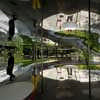
image © Nick Weall
The Pritzker Prize was awarded to SANAA on 17 May 2010 by the Hyatt Foundation in Chicago. The winners share the $100,000 prize, given annually for “significant contributions to humanity and the built environment through the art of architecture.”
World Architecture Festival Awards
Comments / photos for the Aga Khan Award for Architecture 2010 page welcome

